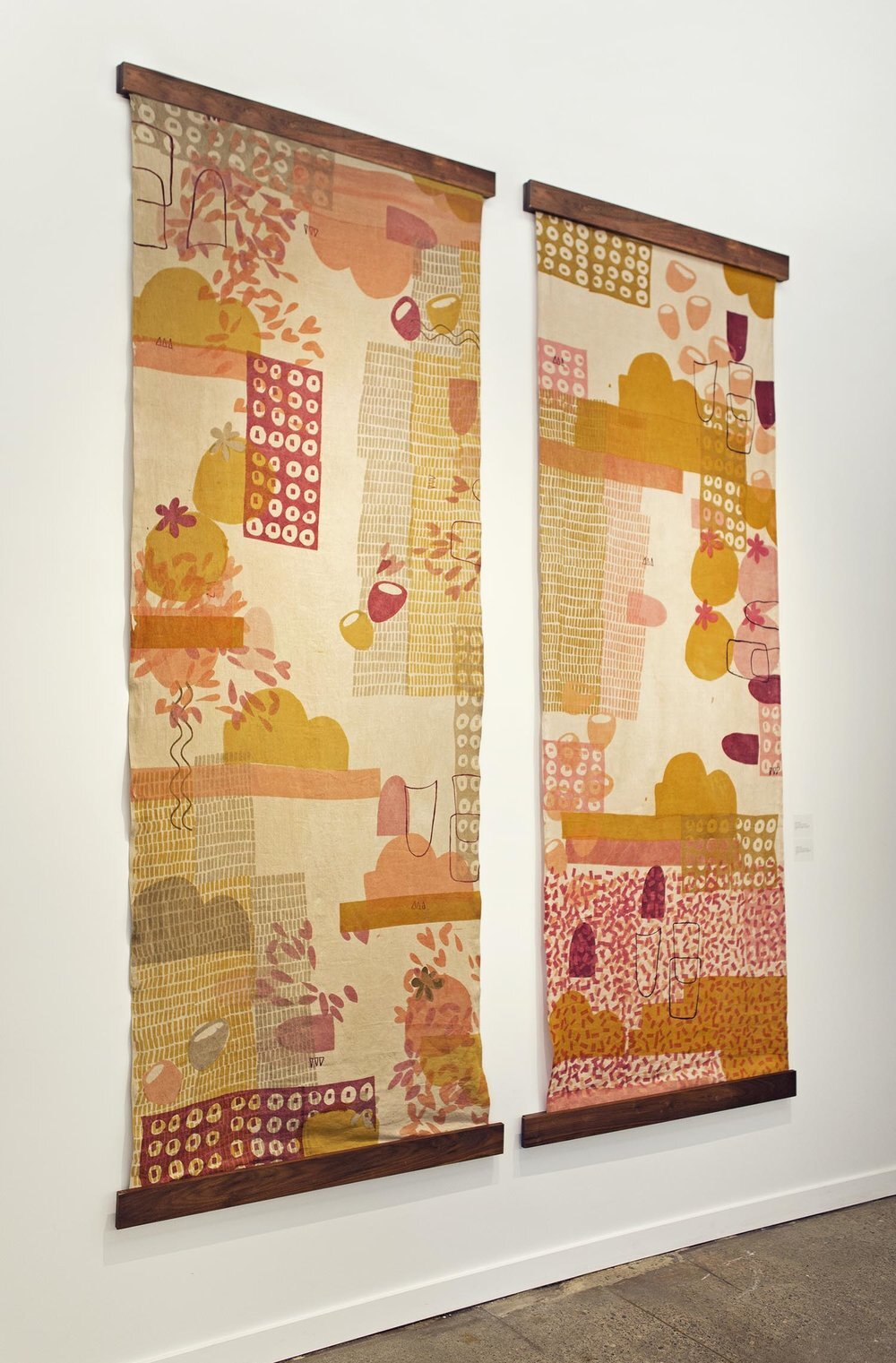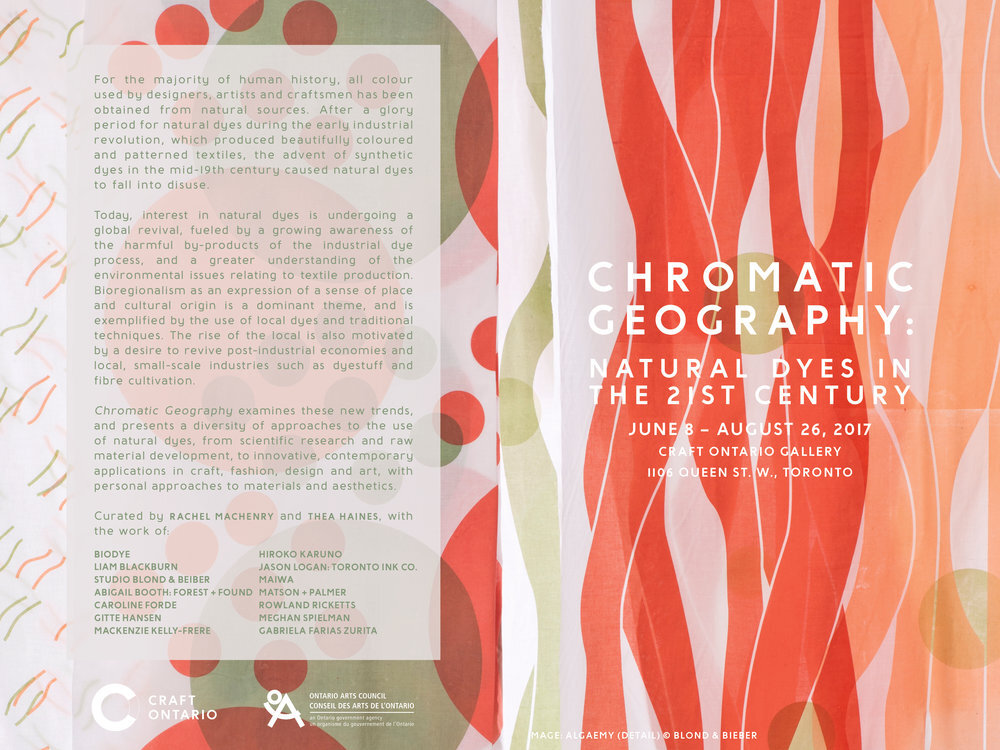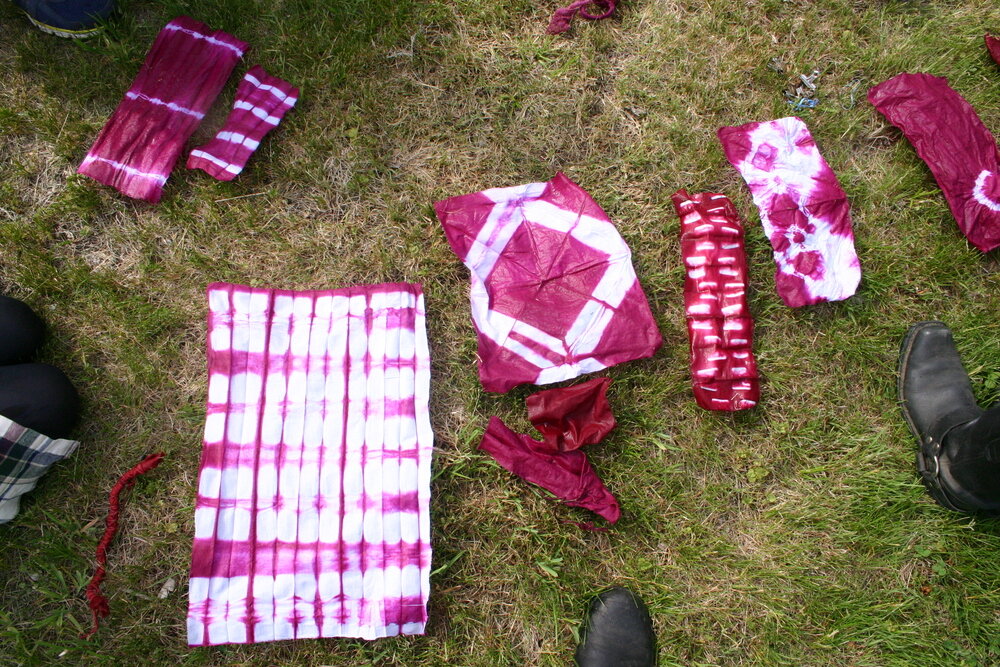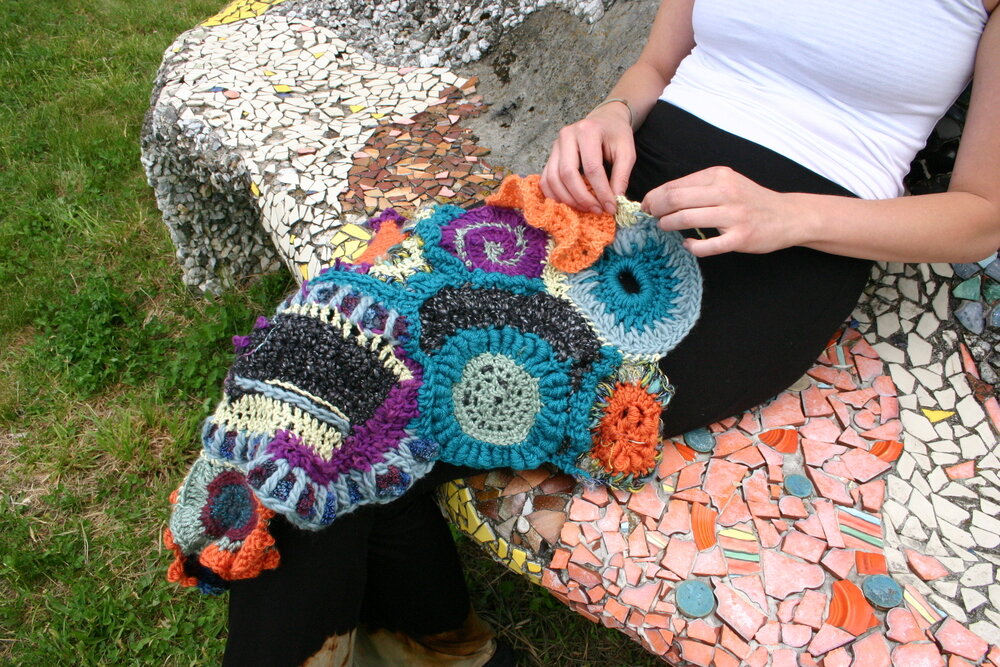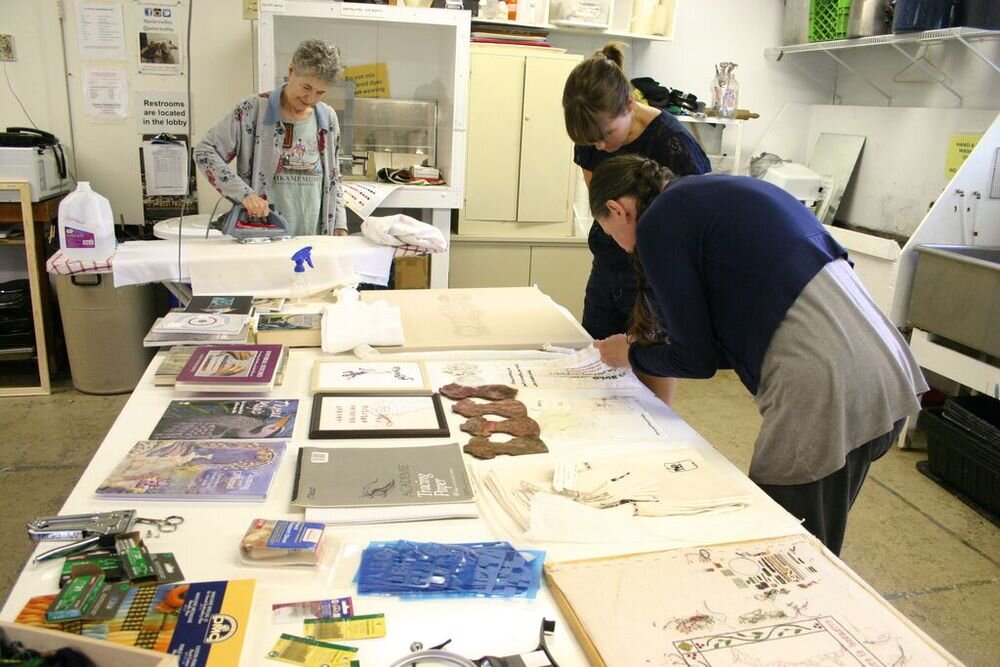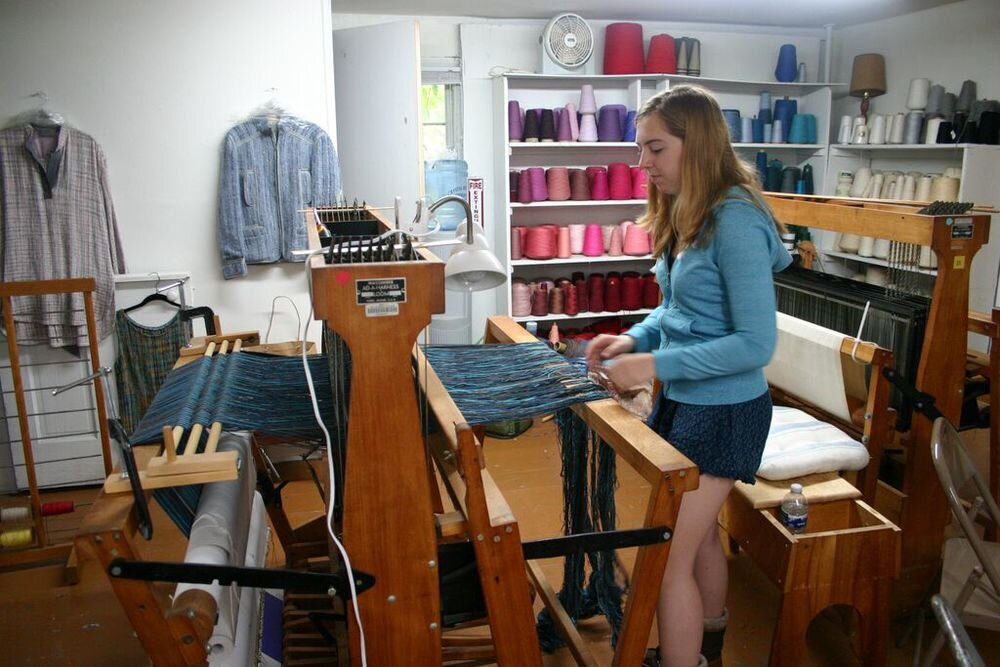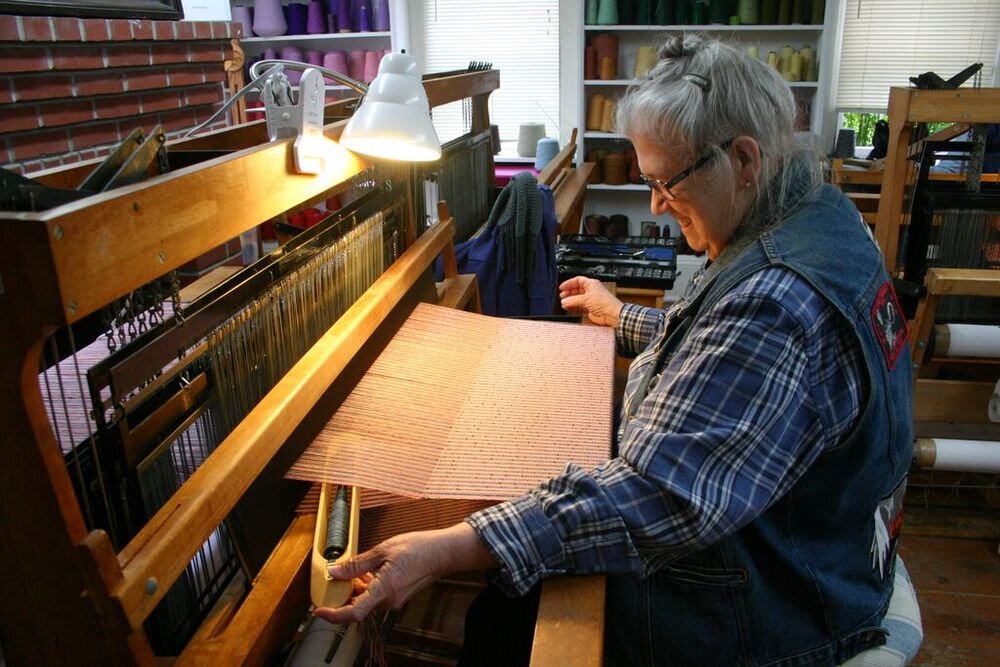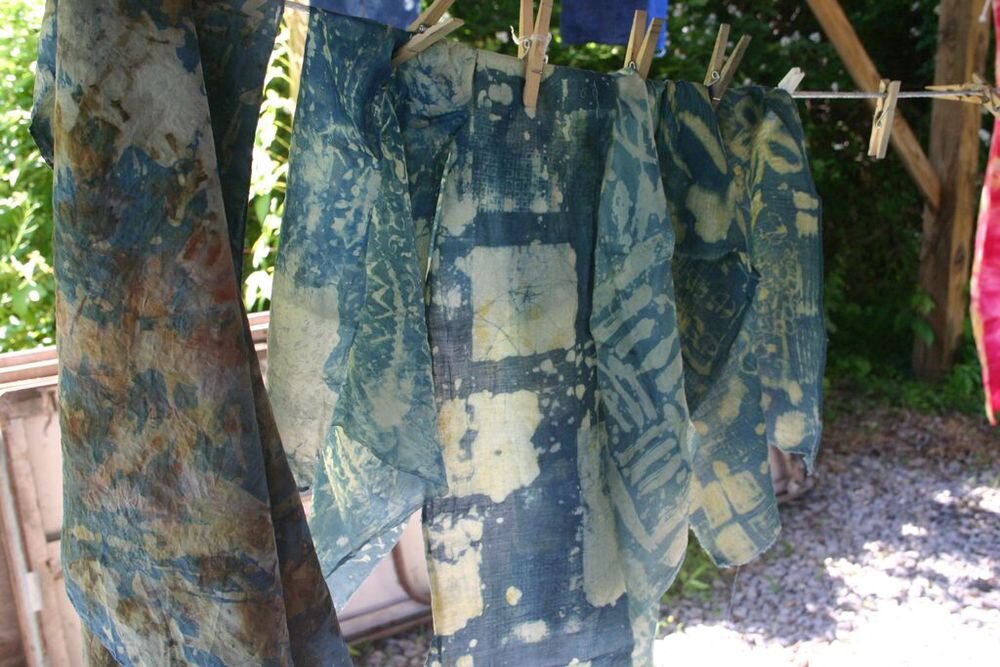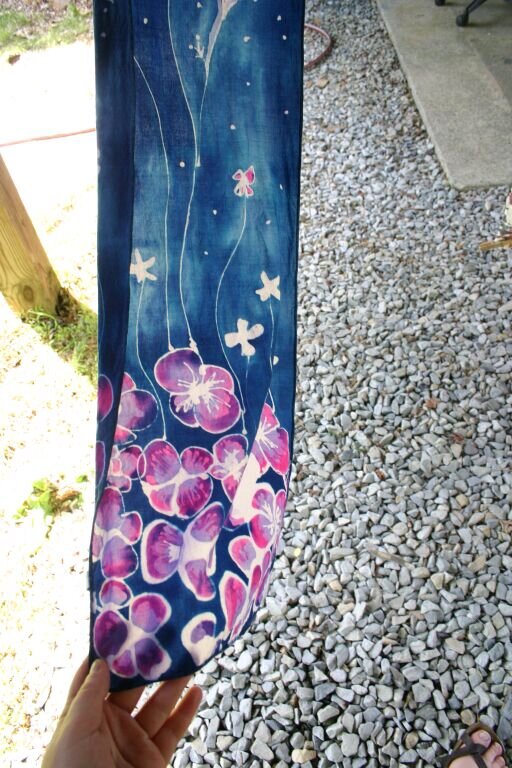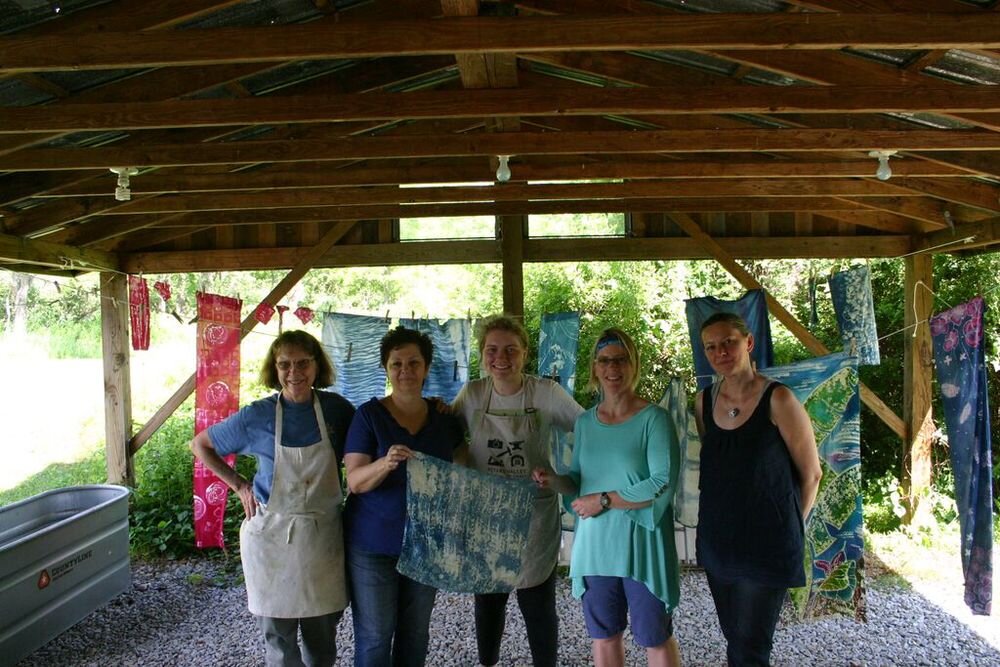OPENING RECEPTION, THURSDAY, JUNE 8, 6 – 9 PM
PANEL DISCUSSION, FRIDAY, JUNE 9, 5 - 6 PM
CRAFT ONTARIO GALLERY
1106 QUEEN ST. W., TORONTO
SHOW CLOSES AUGUST 26th
For the majority of human history, all colour used by designers, artists and craftsmen has been obtained from natural sources. Dyes were solely derived from plants, insects and minerals, with many that were difficult to source and process, making them highly prized commodities. After a glory period for natural dyes during the early industrial revolution, which produced beautifully coloured and patterned textiles, the advent of synthetic dyes in the mid-19th century caused natural dyes to fall into disuse.
Today, interest in natural dyes is undergoing a global revival, fueled by a growing awareness of the harmful by-products of the industrial dye process, and a greater understanding of the environmental issues relating to textile production. A new generation of environmentally conscious artists and designers are exploring the use of natural dyes while re-examining regional production, often within the context of a “DIY” approach to life and work. Bioregionalism as an expression of a sense of place and cultural origin is a dominant theme, and is exemplified by the use of local dyes and traditional techniques. The rise of the local is also motivated by a desire to revive post-industrial economies and local, small-scale industries such as dyestuff and fibre cultivation. Moreover, science and innovation in commercial applications of natural colour belie dismissive misconceptions about larger-scale applications.
Chromatic Geography examines these new trends, and presents a diversity of approaches to the use of natural dyes, from scientific research and raw material development, to innovative, contemporary applications in craft, fashion, design and art, with personal approaches to materials and aesthetics.
Laura Sansone will join us for the opening reception from New York with her Mobile Textile Lab, demonstrating how to extract natural dye colour from plants. These dye solutions will then become part of the Chromatic Geography exhibition, providing a solar dye system in the front window of the gallery for the duration of the exhibition. As well, a member of Upper Canada Fibreshed will be in the gallery demonstrating hand spinning, using Ontario-grown fleece dyed with natural dyes.
I am so overjoyed and honored to be apart of this fantastic show. A big thanks to Thea Haines and Rachel MacHenry for curating and organizing this show. And of course a big thank you to Craft Ontario for allowing the time and space to have all this important work and conversation unfold.
Here are some images of my work from the show.
Thanks, Christa Guila for taking these great shots!

